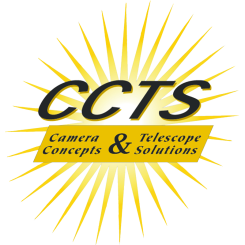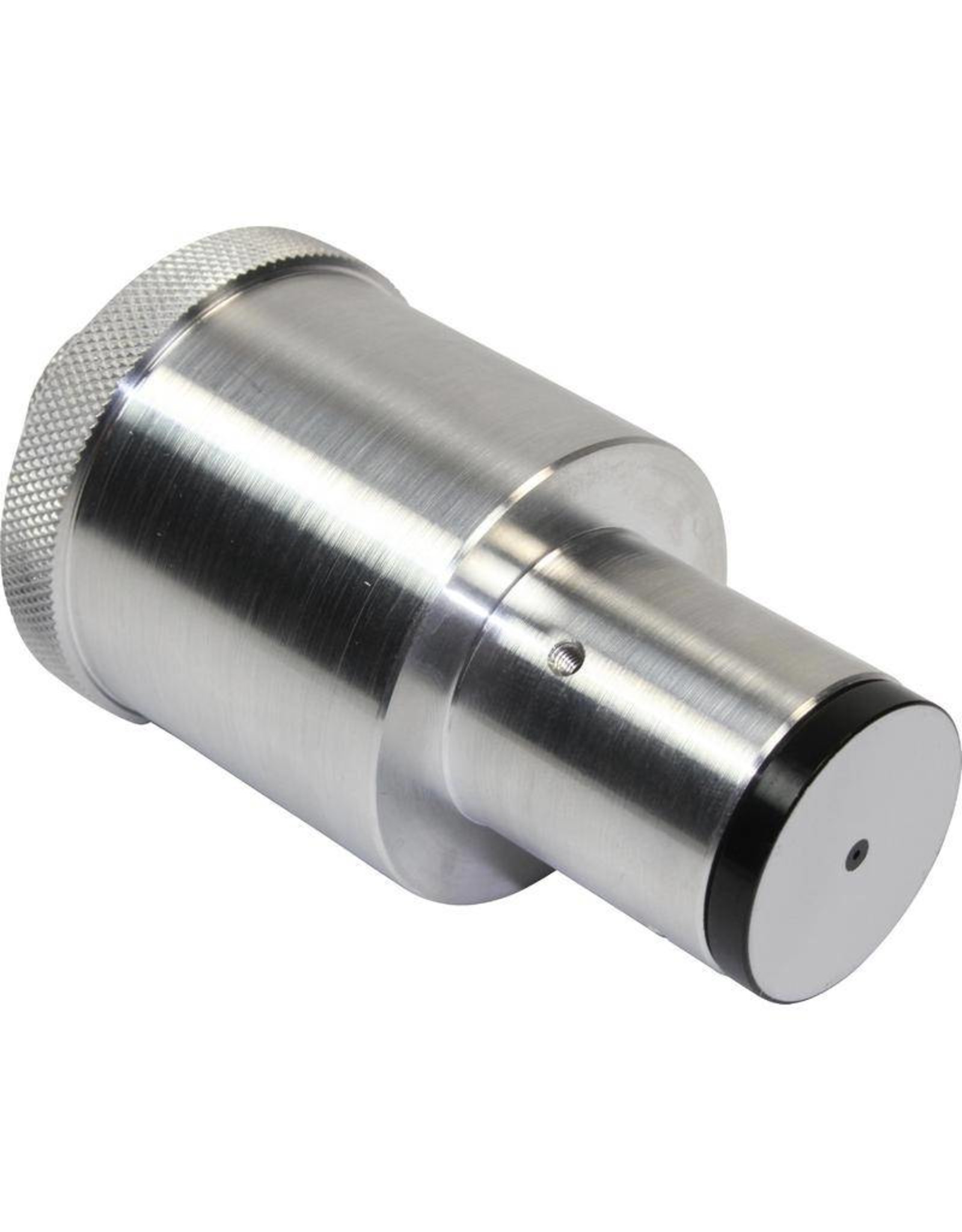Howie Glatter 2/1.25 Inch Collimator 650nm
| Article number: | SI-LC2125-650 |
| Availability: | More on the Way to us |
| Delivery time: | More on the Way to us |
* Single red beam operates at 635nm for twilight use.
* Single red beam operates at 650nm for night use.
* The Howie Glatter Laser Collimator incorporates a solid state laser diode that does not fade or change with time and use.
* Factory-aligned to 15 arc-seconds providing 0.1 inch accuracy at a distance of 20 feet,
* The Howie Glatter 2"/1.25" Laser Collimator is shock resistant to keep its alignment - even when dropped.
* Includes 123A lithium battery, 1mm aperture stop, case, and instructions.
The laser collimator is a tool which enables precise adjustment of the position and alignment of telescope optics, so as to obtain the best possible image contrast and resolution. Inside is a solid-state laser diode, which emits an intense laser beam exactly along the central axis of the cylindrical collimator body. The beam acts as a "reference line" from which alignments are made. The most important specification for a laser collimator is the accuracy and stability of the laser beam alignment with the cylindrical axis of the collimator body. The alignment tolerance on a Glatter collimator is fifteen arc seconds for single beam mode, and one arc minute for the holographic mode. In order to ensure maintenance of this level of accuracy, each of his collimators are tested for resistance to shock. Howie Glatter designed them to withstand a shock equivalent to dropping from eyepiece position on a big dobsonian, up the ladder, without alteration of laser alignment. Most other laser collimators cannot withstand this kind of accident without loss of alignment.
Optional Holographic attachments are available to fit all Howie Glatter lasers.
These optional holographic attachments screw into the laser aperture and have a white screen front surface. They contain an optical element that diffracts most of the laser light into a diverging symmetrical pattern around the central beam. The projected pattern is useful for centering optical elements by making it symmetrical with the edge of the optic.
- The most versatile pattern is a 10x10 line square grid pattern of illuminated lines. It covers a wider angular range (21 degrees) than any other holographic collimator, which allows direct centering of f/ 2.7 to f/ 35 optics. This pattern is recommended for general use because it can be used with the fastest telescopes likely to be encountered. A rectilinear grid pattern gives the highest accuracy and sensitivity for centering circular optics of arbitrary size.
- A cross-hair and circle “scope” pattern is available that spans 10 degrees.
- A nine-concentric circle pattern is available that spans 10 degrees and will reach to the edge of f/ 5.7 optics.










